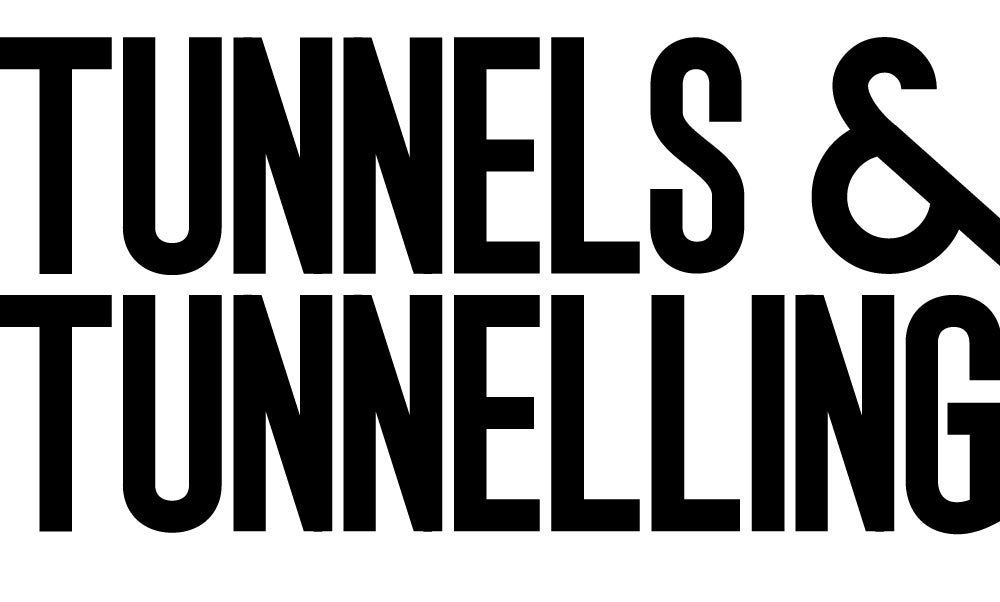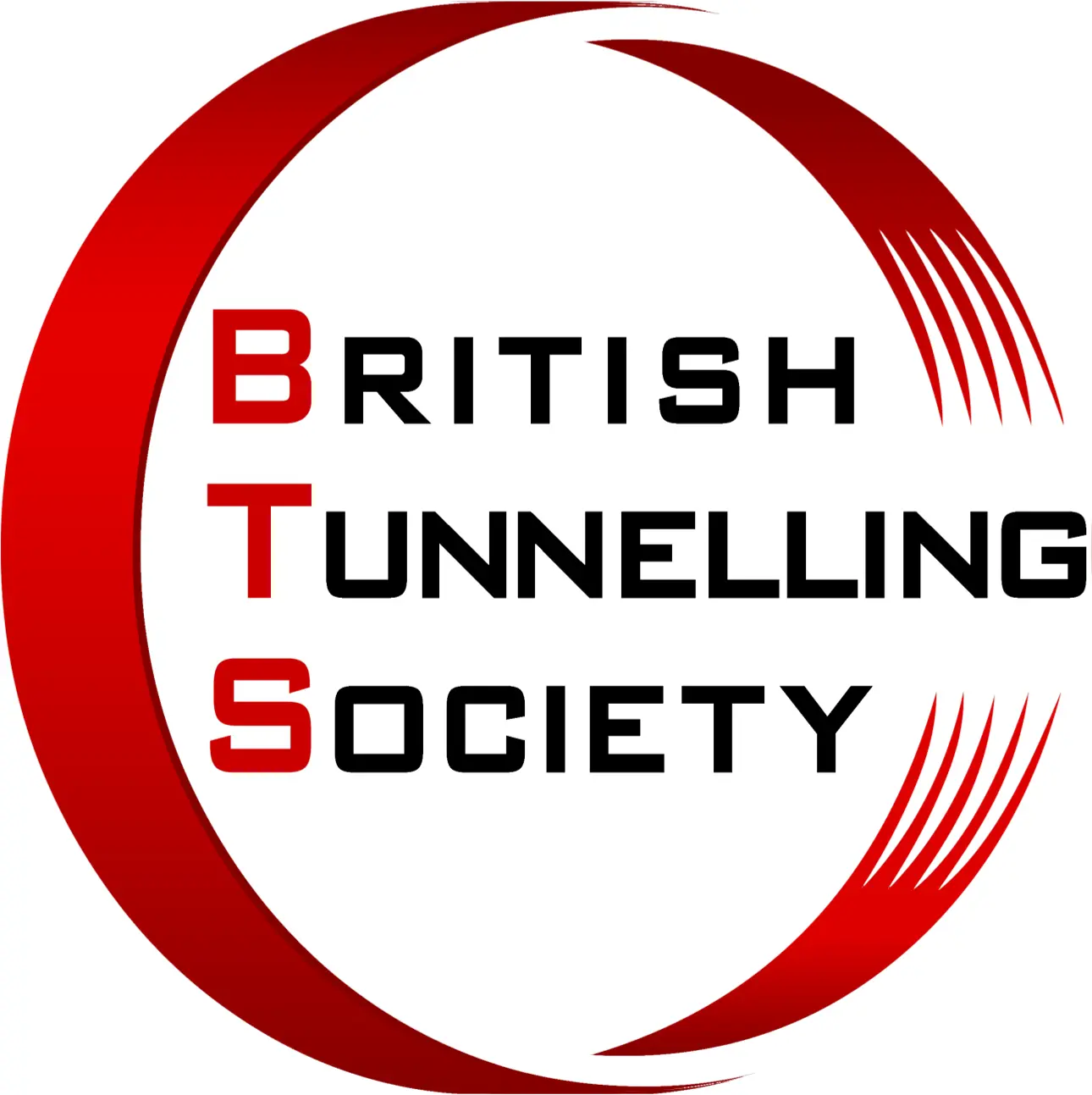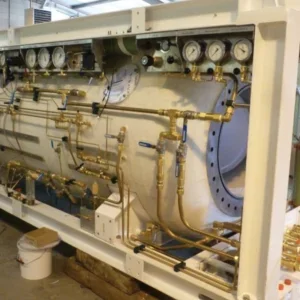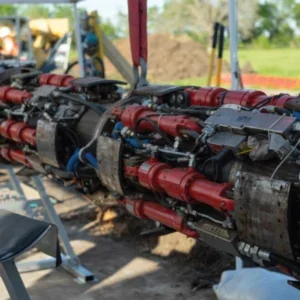As would be anticipated for a major tunnelling conference, there are many technical topics – including Fire Safety – threading throughout the many dozens of papers and presentations. As such, these threads are most frequently parts of the narratives discussing different new tunnel projects or tunnel systems, from either a design or construction perspective, or both (see box: Immersed Tube Tunnels).
Existing tunnels and their operations provide more of the home for papers that have more focus on Fire Safety. There were not quite so many such papers, however, and perhaps that is understandable, to a degree; the dedicated section that held the mostly Fire Safety papers was ‘Operational Safety, Maintenance and Repair’ and had so much to cover in managing the function and upkeep of different underground spaces.
In WTC 2025, the papers in ‘Operational Safety, Maintenance and Repair’ offered four with ‘fire’ explicitly in the title and focus (see box: References), out of a total of 32 papers. What is there is most interesting and spotlights on some key aspects are given below.
DALIANGSHAN NO1 EXPRESSWAY TUNNEL, CHINA
The study of the smoke exhaust from fire scenarios in a long twin tube road tunnel to be equipped also with cross passages, and some inclined shafts, was the focus of a paper1 looking at design strategies. The project was Daliangshan No1 expressway tunnel, in Sichuan Province, China.
Using different fire scenarios and locations within each main tube, and near or far from the inclined tunnel, the smoke removal efficiency of each case was modelled using one-dimensional analysis.
The results showed some scenarios couldn’t effectively control the fires in the main tunnels, due to insufficient upstream air flow velocity and downstream exhaust capacity. But near the inclined shaft there was greater efficiency than provided for by the envisaged cross-passages.
Design optimisation increased the ventilation ducting capacity in the cross-passages, with ducting stepping up from the initially proposed 7.1m2 cross-sectional area to 9.9m2. This change would ensure that each and all of the cross-passages would have ventilation ducting able to meet the requirements for fire smoke exhaust. This was coupled with routing smoke exhaust downstream in the main tunnels, along with longitudinal smoke induction.
BRUSSELS NORTH-SOUTH RAILWAY TUNNEL
The Brussels North-South Railway Tunnel was built in 1946 and is located at a critical part of the network, but it doesn’t meet current interoperability requirements for safe evacuation and structural fire resistance.
The conference paper2 results from a Masters thesis, at Ghent University, that found the use of a performance-based approach worked to find an acceptable level of improved structural fire resistance. The particular combination of tools and simulations used enabled a more specific and realistic thermal calculation than provided for in design standards with benchmark fire curves, the researchers reported.
They concluded that oversized standard fire curves lead to overestimation in fire protection and structural improvement. But, noted that it was “a matter of debate” if intensive computational 3D finite element model (FEM) calculations are needed to implement fire protection.
Additionally, they note that, “To reduce costs, fire safety engineering only (mostly) investigates the highest temperatures and not the temperature evolution in the longitudinal direction through the tunnel model.”
Related to that, they see research opportunity into the progress of spalling in fire scenarios in the 79-year old Brussels North-South Railway Tunnel.
STRUCTURAL EFFECTS: NUMERICALPHYSICAL COUPLING STUDIES
Further on the modelling of fire effects on structures, another paper3 at the conference discussed the “promising alternative” of numerical-physical coupling for investigating tunnel structural behaviour under fire scenarios.
As opposed to full-scale fire tests in laboratories, the approach combines numerical simulation with some physical testing – as coupled, or integrated approach to modelling. The simulation is of the entire structure while the physical test concerns a specific component only.
The research, from Tongji University, in Shanghai, has shown the method gives good results, including for stress fields and displacement fields, respectively, noting that the findings are consistent with the reference thermo-mechanical responses, with average errors of less than 5%. Further experimental verification is required, it is added.
The modelling investigation was supported by a grant from the National Natural Science Foundation of China, and the Research Fund of State Key Laboratory for Disaster Reduction in Civil Engineering.
AN IMMERSED TUBE TUNNEL IN CHINA
Fire safety among various aspects of design on a particular tunnel project, in China, were discussed in two papers5,6 that gave focus to some of the particular challenges in designing such a giant immersed tube tunnel (see box: References).
The project is the Shenzhen-Zhongshan (Shen-Zhong) tunnel, which is the key structure in a fixed link across the coastal strait separating the cities. The giant immersed tube tunnel is a two–way, eight-lane link and its form is as a composite structure with steel encased in concrete.
Researchers note, in one paper5, that immersed tube tunnel structures are mostly focused on the form of reinforced concrete structures. As such, composite structures of steel encased in concrete are rare in tunnels. Consequently, there is a lack of fire resistance standards related to hybrid forms like Shen-Zhong tunnel, which utilises steel for waterproofing and load bearing.
The paper proposes a fire resistance limit standard for steel-encases concrete immersed tube tunnel structural forms. The proposal is bases on standardised research and analysis, and high-temperature mechanical testing.
In summary, it proposes:
- fire resistance time in the RABT standard temperature-time curve test to be at least two hours;
- In the main segmental tube structure, temperature of the steel (in the steel case surface) should not exceed 300°C within two hours; and,
- At the joints between adjoining tube segments, the maximum temperature of OMEGA and GINA rubber waterstops should not be more than 150°C. Above 100°C the resistance time of the waterstops should not be longer than one hour, and above 70°C should not be longer than two hours.
This research was supported with funding from the National Key Research and Development Program of China, the National Natural Science Foundation of China, and Natural Science Foundation of Chongqing.
Given the scale of the fixed link crossing, the complexity of integration with the road network, and the high traffic volumes in the design case for its use, the authors in the second paper on the project focused on fire prevention and rescue technologies.
Given the high operational risk, they note, the design solution involved control of hazards, prevention of accidents, early warning of accidents, alarms, emergency links and response, fire suppression, smoke extraction, evacuation, and more.
The authors say the lessons of fire safety analysis and design on this large, complex project are a good reference for tunnel plans elsewhere in the underground transport industry.
REFERENCES
The following papers from World Tunnel Congress (WTC) 2025 primarily address the topic of Fire Safety and were the main focus for this article.
1 Lan, F., Zou, H., Wu, L., Wang, Y. & Deng, Y. (2025) ‘Study on fire smoke exhaust strategy in Daliangshan No1 super-long expressway tunnel.’ WTC 2025, Stockholm
2 Pauw, B.D., Timperman, C. & Devriese, S. (2025) ‘Approach in structural fire resistance of the existing North-South Railway Tunnel in Brussels.’ WTC 2025, Stockholm
3 Wang, L. & Yan, Z. (2025) ‘The numerical-physical coupling method in investigation of the response of the tunnel structure under fire scenarios.’ WTC 2025, Stockholm
4 Wei, K., Ji, L., Fu, Y. & Deng, Y (2025) ‘Research on fire compartmentation of hyperscale public area in underground rail transit hub.’ WTC 2025, Stockholm
The following further papers from WTC 2025 offered some discussion on aspects of fire safety with regard to a specific tunnel system: immersed tube tunnels.
5 Cao, P., Song, S., Wu, M., Jiang, S. & Liu, E. (2025) ‘Research on fire resistance limit standard of steel-encased concrete immersed tunnel structure.’ WTC 2025, Stockholm
6 Yang, X., Yin, L., Zhong, M. & Cheng, L. (2025) ‘Fire prevention and rescue technologies used in ultra-wide cross-section immersed tunnel.’ WTC 2025, Stockholm






